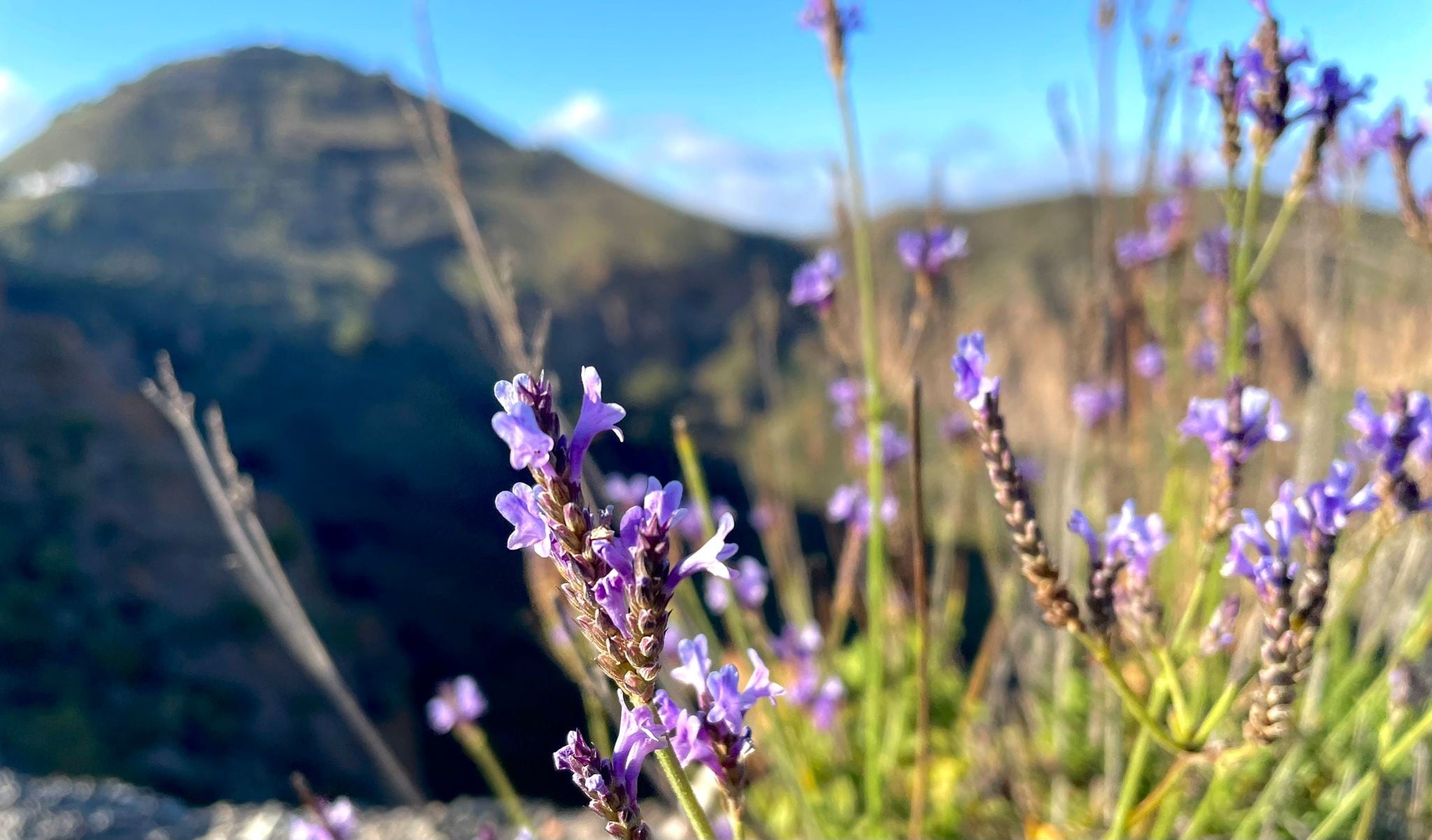
Gran Canaria (Las Palmas), Canary Islands
Gran Canaria (Las Palmas), Canary Islands
The Canary archipelago was sculpted by a period of intense volcanic activity; its islands possess a stark, near lunar beauty. Gran Canaria is the third-largest island in the group and is often described as the 'Round Island' for its near-circular shape. Las Palmas, its capital, is also the largest city in the Canaries numbering some 500,000 inhabitants. Despite the seemingly inhospitable landscape, farmers in Gran Canaria's Angostura Valley cultivate abundant crops of tomatoes, onions, melons, and figs. Moreover the island's climates, lack of rainfall, and fine beaches have long drawn Europeans seeking the winter sun.
Points of Interest
- Casa Museo de Colón (Columbus Museum)
- Jardín Botánico Viera y Clavijo or Jardin de La Marquesa
- Teror
- Arucas
- Bandama Natural Monument
- Maspalomas Dunes
- Puerto de Mogán
- Canary Village and Doramas Garden
More about Gran Canaria (Las Palmas), Canary Islands Points of Interest
-
Casa Museo de Colón (Columbus Museum) -
Believed to have been visited by the famous explorer, the museum's collection includes maps and navigational instruments, a recreation of the interior of La Niña and a room full of priceless pre-Columbian artefacts.
-
Jardín Botánico Viera y Clavijo or Jardin de La Marquesa -
Named after José de Viera y Clavijo, the author of the Canarian Natural History Dictionary, this botanical garden focuses on flowers and plants common to the seven islands of the archipelago. Jardin de La Marquesa is romantic and serene setting for the 2,500 tropical plants that live in the five-acre park-like setting.
-
Teror -
This charming town is home to Basilica de la Virgin del Piño. Located on the main plaza, the Basilica was the site of a vision in 1481 when the Virgin Mary appeared to local shepherds.
-
Arucas -
The majestic Catedral de Arucas is one of the many historic buildings in this picturesque village. Built between 1909 and 1977, the neo-Gothic black/grey appearance comes from the volcanic stone used in its construction.
-
Bandama Natural Monument -
Rising over 1,866 feet above sea level and measuring about 3,280 feet wide and 656 feet deep makes this extinct volcanic crater one of the largest on the island.
-
Maspalomas Dunes -
The resort of Maspalomas stretches out over 4,940 acres of wide, sandy beaches, shallow water and over ten miles of dunes that run from the Faro lighthouse to Playa del Inglés.
-
Puerto de Mogán -
The most westerly holiday resort on Gran Canaria's southern coast is a picturesque port, a charming fishing village, a marina and chic holiday destination all rolled into one.
-
Canary Village and Doramas Garden -
Its gardens are home to species of indigenous plants. Within the park there are three important buildings. The Pueblo Canario; the Museo Néstor and the historic Hotel Santa Catalina.